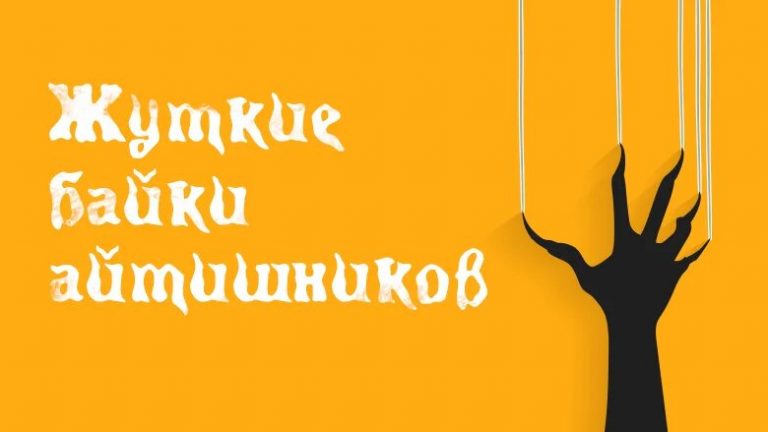a brief history of tin
Patents are scattered across hundreds of companies from different fields. But there are still leaders in the number of security documents. Top 5 looks like this:
Lenovo (Singapore) Pte. Ltd. – 7.8%;
Canon Kabushiki Kaisha — 5.6%;
The first place is occupied by a Taiwanese semiconductor manufacturing company, followed by enterprises from Singapore, Japan and the United States from similar industries. In microelectronics in particular, tin is an essential component of touch screens.
Popular tin patent topics within the international patent classification look like this:
wireless networks H04W – 24.8%;
semiconductor devices H01L – 21.8%;
transmission of digital information H04L – 20.2%.
In the FIPS database there are 2274 Russian Federation patents for “tin” inventions, of which 719 are active. This is a high figure compared to other metals! You can look and compare statistics on ruthenium, tantalum or India.
The subjects of inventions in the Russian Federation are varied. We were primarily interested in high technology.
In the “process technologies, B” section there are 134 patents. Production methods are aimed at various structural alloys, metal catalysts, in particular No. 23888534 and 2751703; coatings – No. 2761193; friction materials – No. 2800903, etc.
In the section “chemistry and metallurgy, C” there are 593 patents – from primary tin metallurgy to a variety of metal, ceramic and other compounds, for example, electrically conductive coating – No. 2448197. This section covers 82.5% of all valid tin patents for inventions in the Russian Federation.
In the “electricity H” section there are 68 patents, most of them in electrical engineering – from radio-absorbing materials, anodes of lithium-ion batteries, solar cells, fuel cells to superconductors of the niobium-tin system.
There are inventions of the Russian Federation in microelectronics, for example, patent No. 2604721 – “Method for manufacturing an embossed printed circuit board” from the Federal State Unitary Enterprise “RFNC-VNIIEF” (finish coating of a tin-lead alloy); No. 2801959 – “Method of producing a film based on indium and tin oxide” from self-employed inventors from St. Petersburg.
There are 232 Russian patents for utility models. Of these, only 25 are operational, mostly electrical parts (wires, etc.). On microelectronics:
No. 221259 – “Optical transparent protective coating for a light panel” and No. 222376 – “Thin-film electroluminescent display” from JSC SKTB Koltsova (St. Petersburg);
No. 184905 – “Coating of printed circuit boards” from the Federal State Unitary Enterprise “RFNC-VNIIEF” (Sarov);
No. 188989 – “Semiconductor gas sensor for detecting carbon monoxide” from JSC “Research Institute of Precision Mechanics” (St. Petersburg).
There are only 5 computer programs for the word “tin” registered in the Russian Federation. There is no single topic: glass production, fire extinguishing on a ship, wire drawing, and the operation of an optical plasmonic sensor (made of In2O3 nanoparticles doped with ITO tin).
There are more databases on tin in the Russian Federation – 8 pieces. They mainly concern ecology and archaeology, for example, “Results of X-ray fluorescence analysis of non-ferrous metal products of the Arzhan-Mayemiri period (IX-1st half of the 6th centuries BC), stored in museums of Altai and adjacent territories.”
There are no topologies of integrated circuits with tin registered in the Russian Federation.
Prospective Research
The database of research, development and technological works for civil purposes includes 3006 documents on tinmainly research reports on grants and dissertations.
Our attention was drawn to information about research projects being started with deadlines in 2025-2026. Thus, the study of photoactivation of gas sensors by exposure to radiation in the ultraviolet or visible range to increase sensitivity and reduce the heating temperature of films of nanocomposite metal oxides with nn- and pn-heterojunctions in their structure began on March 4, 2024, Southern Federal University with a grant of 377.5 million rubles. from the Russian Science Foundation. The project is aimed at solving the important problem of reducing the heating temperature (below 100°C) of gas-sensitive materials and increasing their sensitivity (not worse than 0.1 MAC) to carbon monoxide (CO), methane (CH4) and ethanol vapor (C2H5OH) by activating the gas sensitivity process by exposure radiation in the ultraviolet or visible range of light wavelengths.
Tetradentate redox-active ONNO ligands as effective “storages” of electrons became the subject of research at the Institute of Organometallic Chemistry named after. G.A. Razuvaev for a grant of 3 million rubles. from the Russian Science Foundation. This project is aimed at solving a number of problems related to the development of methods for the synthesis of Mg(II), Si(IV), Sn(IV) and V(IV) based on known ONNO ligands and the creation of new ligand systems of this type.
Conclusion
Tin, known to mankind from time immemorial, is still in demand. Demand sectors are changing. In recent years – not only alloys in metallurgy, but also electronics.
In Russia, about half of tin consumption is in the metallurgical industry, mainly for the production of babbitts and tin (sliding bearings, cans, etc.). Tin solders are also in demand. Some tin is used in lead-acid batteries.
The Russian tin industry is expanding. A new plant for processing concentrates into grade tin is being built in Amursk, commissioning is scheduled for 2027. The planned capacity of the metallurgical plant is 5.5 thousand tons of tin per year
In Russia there are many reserves of tin in the ground, production is sufficient, metallurgy is at its best, but there are not enough patents in microelectronics. Here the lag behind foreign companies is also obvious.
Useful from Online Patent:
How to get government support for an IT company?
What benefits can you get from registering a computer program?
More content about the field of intellectual property in our Telegram channel





